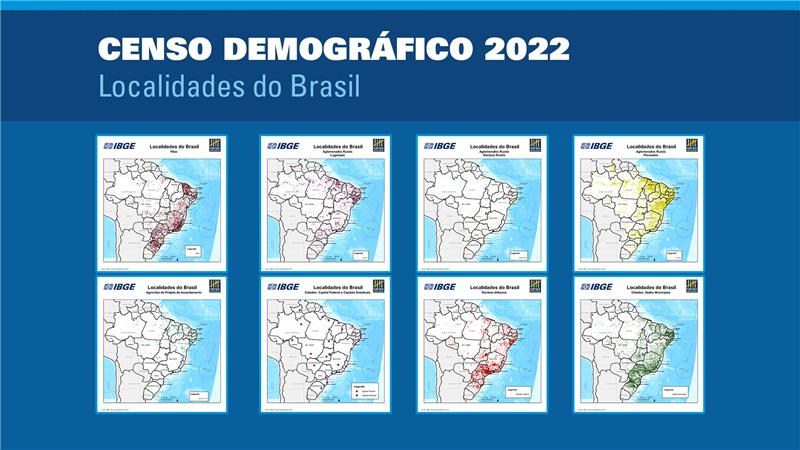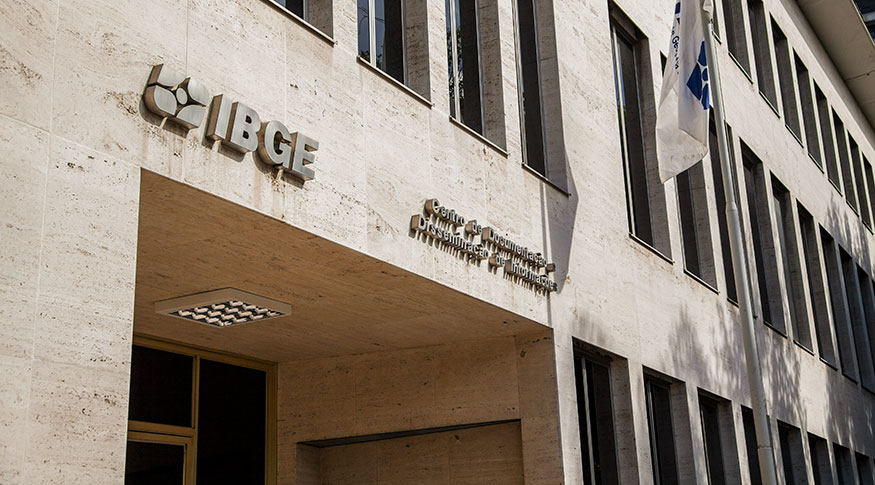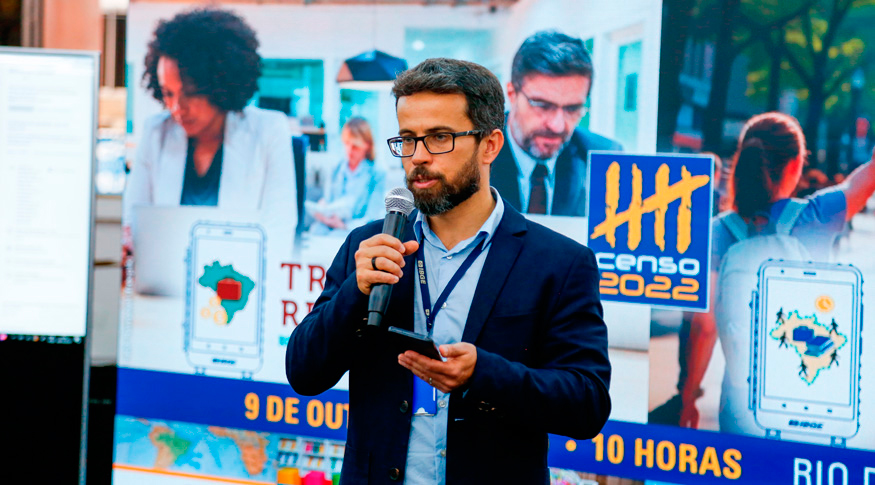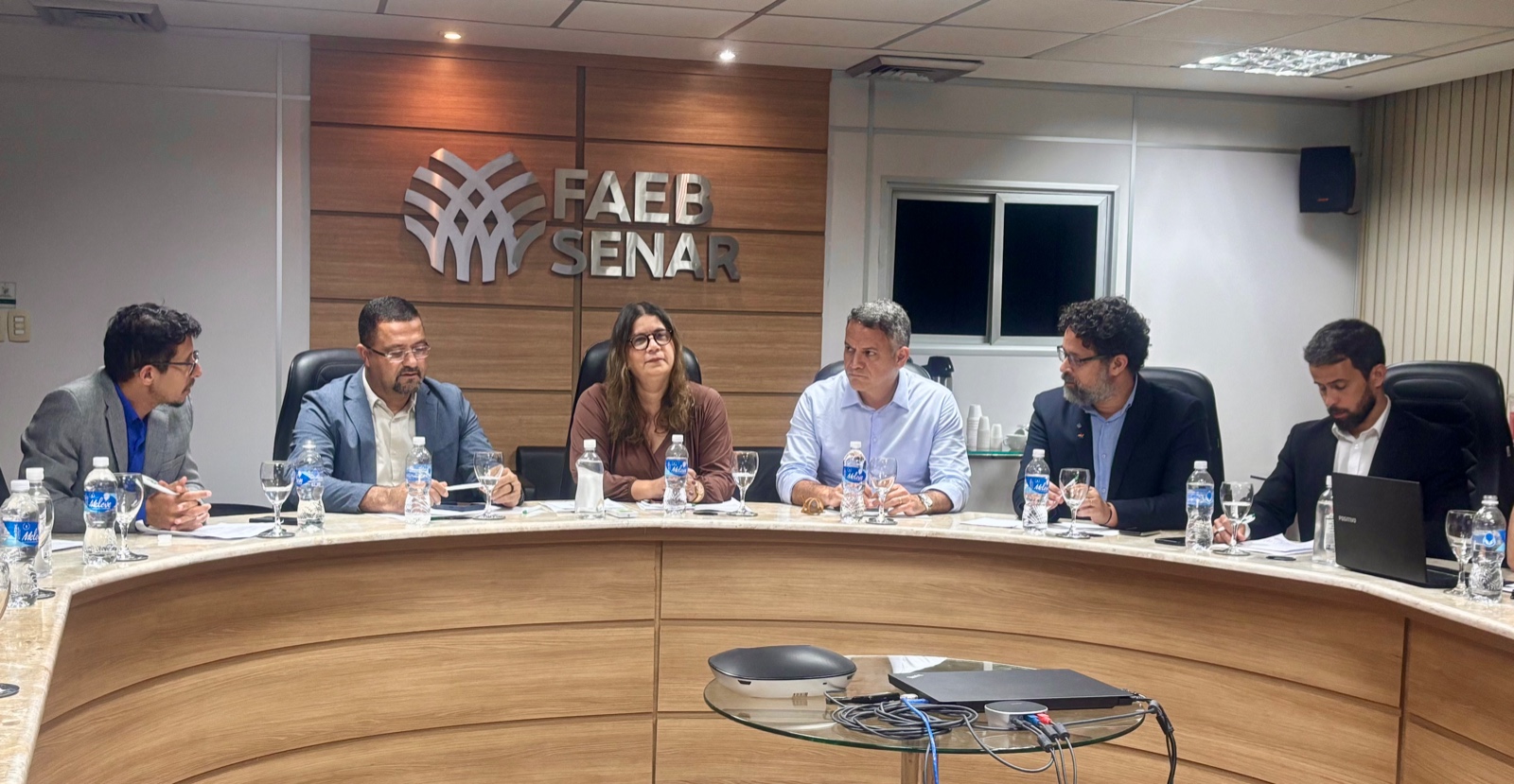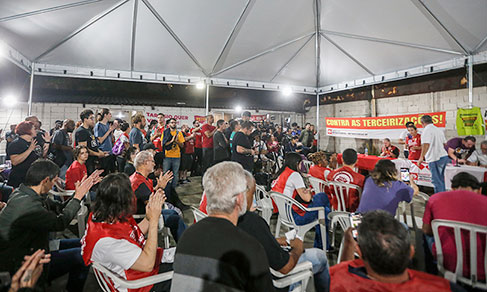2022 Census
2022 Census: Literacy increases among Indigenous population, but it is still below the national average
October 04, 2024 10h00 AM | Last Updated: October 09, 2024 05h12 PM
Highlights
- In 2022, 84.9% (1.0 million) of the 1.2 million Indigenous population aged 15 and over were literate. Although this represents an increase compared to 2010 (76.6%), it was below the national average of 93.0%.
- In 2022, the illiteracy rate of the Indigenous population within Indigenous Lands (ILs) fell from 32.3% in 2010 to 20.8%.
- When observing the illiteracy rate of the Indigenous population by age group, the same trend as for the national population is seen: the rate increases as age increases. When broken down by sex, the illiteracy rate was higher for Indigenous women, a trend different from that of the total population. More than half of the municipalities had Indigenous literacy rates lower than those of the resident population in 2022.
- Indigenous birth records in registry offices increased from 2010 to 2022 and reached 89.1%.

The 2022 Population Census showed that 84.9% (1.0 million) of the 1.2 million the Indigenous population aged 15 or over could read and write a simple note in the language they knew – that is, they were considered literate. Despite representing an increase compared to 2010, when the figure was 76.6%, the literacy rate among the Indigenous population remains below the national average, which was 93.00% for this age group.
The information is found in the “2022 Population Census - Indigenous peoples: literacy, birth records and characteristics of housing units, according to specific territorial divisions”, released today (04) by the IBGE. Data on basic sanitation can be consulted by clicking here.
The release event will take place starting at 10 am at Casa Brasil IBGE, in the Palácio da Fazenda, downtown Rio de Janeiro. There will be a live broadcast on Digital IBGE. Data is also available on Sidra, on the Interactive Geographic Platform (PGI) and on the Census Panorama.
The illiteracy rate among Indigenous peoples, which was 23.4% in 2010, fell to 15.0% in 2022. However, it is higher than twice the national rate, which was 9.6% and fell to 7%. "The drop is even more significant, and even greater, within Indigenous Lands (ILs)," notes Marta Antunes, coordinator of the Census of Traditional Peoples and Communities. The illiteracy rate fell from 32.3% to 20.8% for Indigenous peoples within ILs, a reduction above the national average and the general average for Indigenous people.
When we look at the illiteracy rate among the Indigenous population by age group, we see the same trend for the national population, even with a drop from 2010 to 2022: the rate increases as age increases. "However, this increase is sharper among Indigenous peoples," reinforces Ms. Antunes. Up to the age of 34, the difference between the literacy rate of the national population and that of the Indigenous population is less than 5.2 percentage points and reaches 22.6 percentage points in the group aged 65 and over. “This demonstrates greater access to educational opportunities for younger generations compared to older generations, among the Indigenous population, due to the expansion of access to education in recent decades,” says the researcher.
In Indigenous Lands, although there has also been a drop between Censuses, the gap between the illiteracy rates of the Indigenous population, according to age groups, widens even further when compared to the resident population, with the largest difference found in the age group of 65 years or older, at 47.6 percentage points. “This indicates a greater weight, in relative terms, of illiterate persons among the Indigenous who live in Indigenous Lands in the older age groups”, concludes Ms Antunes.
In terms of sex, it can be seen that, different from what occurs among the total resident population in the country, where men have a slightly higher illiteracy rate than women (around 1 percentage point higher), in the case of the Indigenous population, women have a slightly higher illiteracy rate than men (with a difference of just over 1 percentage point). “The comparison with 2010 shows an approximation trend of illiteracy rates among Indigenous men and women up to 34 years of age, indicating that the younger generations of women have had access to greater educational opportunities in the last decade,” highlights the researcher. When analysing indigenous people living in ILs, there is a widening of the difference between the illiteracy rates of men and women, which exceeds five percentage points in 2022.
More than half of the municipalities have literacy rates among Indigenous people below the average
The publication also showed that, among the 4,725 municipalities with the presence of Indigenous persons aged 15 or over, 54.8% (2,593) had lower literacy rates among the Indigenous population than the resident population in this same age group. In addition, ¼ of the total municipalities (999) recorded a difference of more than 10 percentage points.
The highest concentrations were in the states of Minas Gerais (316 municipalities), São Paulo (295) and Bahia (269). In the state of Amazonas, in 58 of the 62 municipalities the literacy rate was lower among the Indigenous population. The highest concentrations of municipalities with higher literacy rates among the Indigenous population in relation to the total resident population were in Minas Gerais (368 municipalities), São Paulo (265) and Rio Grande do Sul (176).
As a whole, 2,081 (52.91%) municipalities saw an increase in literacy rates among Indigenous peoples between 2010 and 2022. “There are improvements in this index thanks to actions taken in recent years, but it is important to note that some gaps still persist, such as in municipalities in Mato Grosso, southern Amazonas, the state of Acre, and southeastern Pará. These are areas that show significant inequality, as well as in southern Bahia, southern Rio Grande do Sul, and the southern cone of Mato Grosso do Sul,” points out Fernando Damasco, manager of Traditional Territories and Protected Areas at IBGE.
Indigenous birth records in registry offices increase and reach 89.1%
The 2022 Census also surveyed the existence of birth records of indigenous persons aged up to 5. Registration in registry offices jumped from 67.3% in 2010 to 89.1%. Despite this, the number was still lower than the total population (99.2%). The percentage of children with an Administrative Record of Indigenous Birth (RANI) fell from 23.0% to 4.9%. Thus, 94.0% of Indigenous children up to 5 years of age were registered, either at a registry office or with RANI. In 2022, 5.4% had no registration, a percentage that was 7.4% in 2010. “A child without documentation has difficulty accessing a series of fundamental rights", says Mr. Damasco about the importance of this figure.
Within the Indigenous Lands, the percentage also increased in 12 years, but it is still low: it went from 61.3% to 85.5% in the case of registry records and 27.6% to 5.5% with RANI. The number of Indigenous children without registration within Indigenous Lands fell slightly: from 8.8% in 2010 to 8.3% in 2022.
Among the regions, the North (83.9%) and Central-West (92.2%) had the lowest percentages of birth record coverage in registry offices. In the first, in fact, there is the highest proportion of Indigenous persons who did not have a registry record, but had RANI (7.0%), followed by the Central-West and South, with 4.2% and 4.0%, respectively. Although the North Region has the highest percentage of Indigenous persons with RANI, this Region concentrates 86.5% of the country's Indigenous population at this age group, which corresponds to 9,696 Indigenous persons.
In municipal terms, when observing Indigenous children without registration in the Indigenous Lands, Mr. Damasco highlights a very significant concentration in the north/northwest area of Amazonas and the entire northern part of Roraima, in addition to Upper Solimões River and the Southern Cone of Mato Grosso do Sul. “These are areas with very populated Indigenous Lands, marked by logistical difficulties and a sparse presence of public institutions, which reverberates in this lack of records”, concludes the researcher.
More about the survey
The 2022 Population Census - Indigenous Peoples: Literacy, birth records and characteristics of housinh units, according to specific territorial divisions: Population results presents a set of information on aspects related to the literacy of the Indigenous population, the existence of birth records of indigenous children aged 5 or younger and the characteristics of housing units with at least one Indigenous person.
There are breakdowns by Major Regions, Federation Units, Municipalities, Legal Amazon, Legal Amazon by Federation Units, Indigenous Lands and Indigenous Lands by Federation Units. The results can be consulted on the IBGE website and on platforms such as SIDRA, Census Overview and Interactive Geographic Platform (PGI). The latter two display them also through interactive maps.





